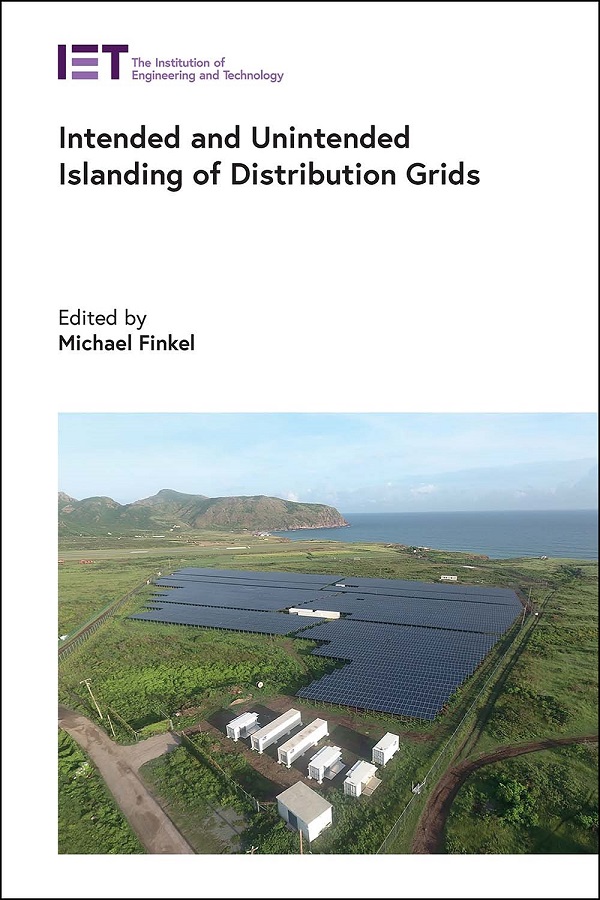- Agricultural Engineering and Technology
- Applied Physics
- Built Environment
- Computing and Networks
- Control, Robotics and Sensors
- Electrical Regulations
- Electromagnetics and Radar
- Energy Engineering
- Healthcare Technologies
- History and Management of Technology
- IET Codes and Guidance
- Manufacturing
- Materials, Circuits and Devices
- Model Forms
- Security
- Telecommunications
- Transportation

Intended and Unintended Islanding of Distribution Grids
Edited by Michael Finkel
The transmission and distribution of electric power is based on complex interconnected power systems. Every interconnected system can split up into several subsystems due to faults, maloperation or targeted switching.
The questions then arise whether these subsystems are survivable, and whether the size of these subsystems are random or predefined, and under which conditions can these isolated subsystems operate in a stable manner. Due to the energy transition, more renewable generation units are installed in the distribution grid, facilitating local intended isolated grids, but also increasing the probability of unintended isolated grids, which must be controlled and dealt with.
Though the topic of islanding has been increasingly discussed in academia in recent years, this topic has not yet been comprehensively described in any specialist book.
Intended and Unintended Islanding of Distribution Grids addresses this subject, providing a practical reference for researchers at universities and in industry, as well as at grid operators, involved with building, extending or maintaining electricity grids.
Chapters cover basics and control of power system dynamics and stability, behaviour at grid connection points, power system restoration, protection, islanding detection, planning methods for secure islanding, modelling for distribution grid analysis in the time-domain, insular power systems, droop based practical examples, practical aspects of bottom-up grid restoration, and unintended islanded grids.
About the Editors
Michael Finkel is a professor for high voltage engineering and electric power supply systems at Augsburg Technical University of Applied Sciences, Germany. After his Ph.D. at the Technical University of Munich, he worked for the Maschinenfabrik Reinhausen in Regensburg and for the SWM Infrastruktur GmbH, the grid operator in the city of Munich. His research focus is on local islanded power supply with distributed generation units, innovative planning methods and innovative equipment, especially for distribution grids. Michael is a member of IEEE, Cigre, and the VDE.
Publication Year: 2024
Pages: 429
ISBN-13: 978-1-83953-697-7
Format: HBK
Editors: Michael Finkel
